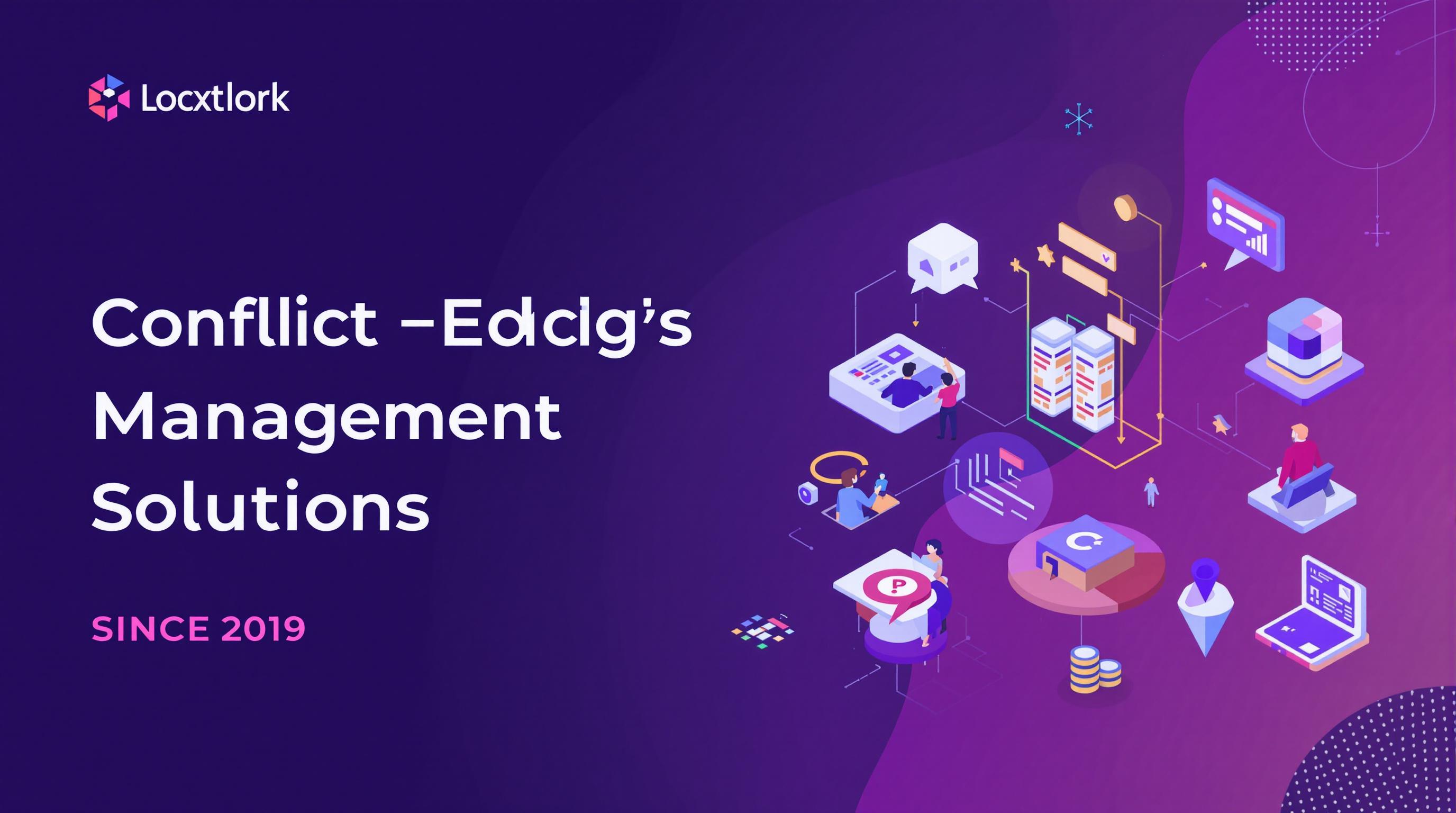Related Articles
- Top 5 Game-Changing Copyright Management Apps from 2019 to 2024 for Modern Creators
- Top 5 Game-Changing Copyright Management Apps Released Since 2019 for Fast, Foolproof Filings
- How Traditional Storytelling Shapes Community Healing in Conflict Settlement Practices Worldwide
- The Role of Ancient Storytelling Traditions in Shaping Modern Conflict Settlement Practices
- The Quiet Shift: How Climate Change Is Secretly Reshaping Liability Standards in Insurance Policies
- The Unseen Impact of Climate Change on Rural Insurance Mandates and Local Risk Assessments
9 Innovative Legal Tech Trends Transforming Cross-Border Dispute Resolution Strategies Post-2019
9 Innovative Legal Tech Trends Transforming Cross-Border Dispute Resolution Strategies Post-2019
9 Innovative Legal Tech Trends Transforming Cross-Border Dispute Resolution Strategies Post-2019
1. Artificial Intelligence for Predictive Analytics
The integration of Artificial Intelligence (AI) in legal technology has revolutionized cross-border dispute resolution by enabling predictive analytics. Legal practitioners can now harness machine learning algorithms to analyze vast datasets, identifying patterns that inform case outcomes and strategic decisions.
This trend facilitates risk assessment and enhances decision-making accuracy, saving valuable time and resources in complex international disputes. AI-driven tools assess previous rulings from multiple jurisdictions, allowing legal teams to tailor their approach based on predictive models.
According to a 2021 report by Thomson Reuters, the adoption of AI in dispute resolution has increased efficiency by 30%, highlighting its value in the global legal landscape (Thomson Reuters, 2021).
2. Blockchain Technology Enhancing Contract Enforcement
Blockchain technology is increasingly transforming cross-border dispute resolution by providing a transparent, immutable ledger for contract execution and enforcement. Smart contracts, deployed on blockchain networks, automatically enforce terms without requiring intermediaries.
This innovation minimizes fraud risks and disputes arising from contract breaches, supporting trust in international transactions. Parties benefit from real-time verification of contract performance, reducing the scope for misunderstandings in cross-jurisdictional agreements.
As highlighted by the International Chamber of Commerce in 2020, blockchain facilitates smoother dispute resolution mechanisms by allowing parties to rely on verifiable digital evidence (ICC, 2020).
3. Online Dispute Resolution (ODR) Platforms Expansion
Post-2019, the growth of Online Dispute Resolution platforms has accelerated dramatically. These digital portals enable parties involved in cross-border disputes to resolve conflicts efficiently without physical presence, a trend heightened by the COVID-19 pandemic.
ODR platforms incorporate negotiation, mediation, and arbitration tools, offering greater accessibility and cost-effectiveness. Their adaptability to diverse legal systems ensures smoother resolution paths for international stakeholders.
Research by the United Nations Commission on International Trade Law (UNCITRAL) in 2022 emphasizes that ODR reduces dispute resolution timeframes by up to 40%, promoting faster resolutions globally (UNCITRAL, 2022).
4. Enhanced Data Privacy and Security Protocols
Data privacy has become a paramount concern amid increasing digitalization in cross-border legal processes. Legal tech developments now integrate robust encryption and compliance features to adhere to varying international data protection regulations such as GDPR.
Protecting sensitive information during dispute resolution is essential to maintaining trust among parties and avoiding legal penalties. Legal tech providers invest in secure communication channels and data storage solutions tailored to cross-jurisdictional standards.
A Gartner report from 2023 indicates that corporations using advanced data security measures in legal disputes report a 25% improvement in client confidence and fewer data breach incidents during litigation (Gartner, 2023).
5. Virtual Reality (VR) for Evidence Presentation
Virtual Reality is emerging as an innovative tool to present evidence in cross-border disputes. VR enables immersive simulations of accident scenes or contract venues, offering a compelling way to demonstrate facts to arbitrators and judges.
This technology transcends language and cultural barriers by providing an experiential understanding of disputed circumstances. It also reduces the need for expert witness travel, optimizing case preparation logistics.
Early adopters in major international arbitration cases report that VR presentations enhance comprehension and engagement among decision-makers, as per insights shared by the International Arbitration Institute in 2021 (IAI, 2021).
6. Automated Document Review and Contract Analysis
Automation in document review has become indispensable in managing complex cross-border disputes. Legal tech platforms now utilize natural language processing to review contracts, identify risks, and highlight key clauses efficiently.
This reduces human error and accelerates due diligence, enabling legal teams to focus on strategic aspects rather than routine review tasks. Automated analysis also ensures consistency when interpreting contractual language from different jurisdictions.
According to a 2022 study by Deloitte, law firms employing automated review tools reduce contract processing time by up to 50%, significantly improving turnaround in international cases (Deloitte, 2022).
7. Multilingual AI Translation Services
Cross-border disputes often involve documents and testimony in multiple languages. Advanced AI-powered translation services have dramatically improved the speed and accuracy of multilingual communication in legal proceedings.
These tools help level the playing field by providing real-time translation and transcription, facilitating clearer communication between parties from different linguistic backgrounds. This reduces misunderstandings and expedites dispute resolution.
The Global Legal Tech Report 2023 notes that multilingual AI services have cut translation costs by 40% while maintaining high accuracy standards, benefiting cross-border legal collaboration (GLTR, 2023).
8. Integrated Case Management Systems
Innovative case management systems now offer seamless integration across jurisdictions, centralizing documents, communication records, and legal workflows. This connectivity aids managing complex dispute resolution processes that span multiple countries.
These platforms enhance transparency and coordination by providing real-time status updates accessible to all parties involved. They also facilitate compliance with diverse procedural timelines and legal requirements.
A study by LexisNexis in 2022 found that integrated case management systems improve case throughput and client satisfaction by delivering a streamlined resolution experience (LexisNexis, 2022).
9. AI-Driven Jurisprudence Mapping
Understanding jurisdiction-specific legal precedents is crucial in cross-border dispute resolution. AI-driven jurisprudence mapping tools analyze and visualize relevant case law across multiple legal systems, helping lawyers develop stronger arguments.
This technology allows users to identify influential decisions, regional nuances, and trends that shape the legal landscape, empowering strategic planning and negotiation efforts.
The Harvard Law Review highlighted in a 2023 article that such tools enhance legal research efficiency and accuracy, transforming how international legal practitioners navigate complex jurisprudential environments (Harvard Law Review, 2023).
10. Cloud-Based Collaboration and Communication Tools
Cloud technology underpins many recent advances by enabling secure, real-time collaboration among geographically dispersed legal teams, clients, and experts involved in cross-border disputes. These platforms support document sharing, video conferencing, and project management in one environment.
The scalability and accessibility of cloud-based tools help legal professionals adapt to time zone differences and varying work practices. Enhanced collaboration drives quicker consensus building and smooth dispute resolution workflows.
According to IDC’s 2023 report, cloud adoption in legal services increased by 35% post-2019, with significant gains in productivity and client engagement during cross-border proceedings (IDC, 2023).




